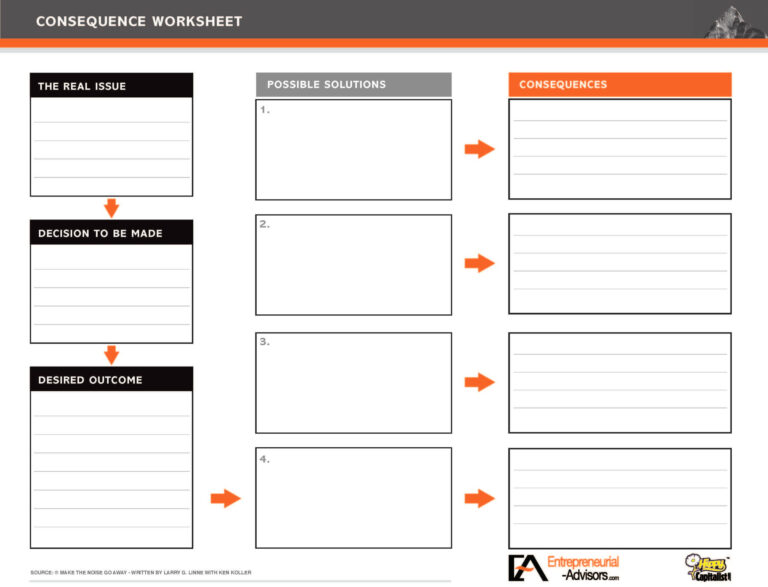Blog #261
While in an advisory session with a senior leader, the topic of accountability came up. This person inherited a rather entrenched legacy culture that had been deeply damaged by his predecessors, who were incredible micro-managers and needed to be involved in every decision. The team was paralyzed, afraid to act, and fearful of the repercussions if actions were taken without approval from this leader. The result was a culture based upon fear and lack of productivity, rather than a culture built on trust, efficiency, and empowerment.
When an organization spirals into this sort of fearful environment, it may lead to the stagnation of the business. For those who remain in this situation, they might be found hiding, avoiding accountability, and eventually falling into complete apathy. In most cases, suppressing and stifling environments breed repressed workers.
If you are coming into an organization such as this, you are likely facing a strong headwind that will take some time to navigate. First, realize that you are not alone – this is more common than you may think. Second, know that there is hope. Lastly, remember to stay the course and be tenacious.
When in session with leadership teams, we typically start with the structure and formation of a functional organizational chart, or what I call an “empowerment chart”. This is particularly applicable for teams with challenging legacy cultures or that have broken spirits.
Utilizing this structure can help senior leaders focus on the top priorities to effectively manage their teams, build trust, and assign accountabilities:
- Have a clear objective and direction in mind. Ensure your teams know the objectives and goals.
- Make sure that each team member knows what they are accountable for and how their actions help to achieve the overall goal.
- Provide the tools, training, time, and accountability to achieve those goals.
This reminds me of a story I was told about President John F. Kennedy. (I have not fact-checked it yet, so don’t hold me to it. The point of the story is what matters here.)
In 1962, JFK said we were going to safely send a man to the moon and back by the end of the century. This was huge, audacious, and exciting. The entire country was mobilized around the idea. Around 1967, JFK reportedly visited Cape Canaveral, where he saw an older gentleman pushing a broom. He approached the man and introduced himself by saying, “Hi, I am Jack Kennedy and the president. What do you do here?”
The man responded, “Hello, Mr. Kennedy. My name is [unknown] and I am helping to put a man on the moon.”
When I tell that story in session, I get goosebumps. This man’s actions were that of someone cleaning, yet the result of his actions was contributing to putting a man on the moon. How cool is that?
This man took pride in what he was doing and believed in the impact it would have on the overall goal. I suggest that when leaders do not let their teams know the organization’s overall objectives and how they are contributing to those objectives, we are empowering a culture of failure. In my opinion, it may be the least compassionate thing we can do.
On the other hand, when leaders are clear in explaining the goals, expectations, and accountabilities, people see how their work impacts the organization and its objectives. As a result, people become empowered and have pride in the work they are doing.
As a leader, when you begin empowering, trusting, and holding your team members accountable, magic will happen.
Are you a leader who encourages a culture of accountability? Are you interested in learning the magic of empowerment? We can help with that! Reach out to us today to find out how.
Keep Smiling,
Kris





